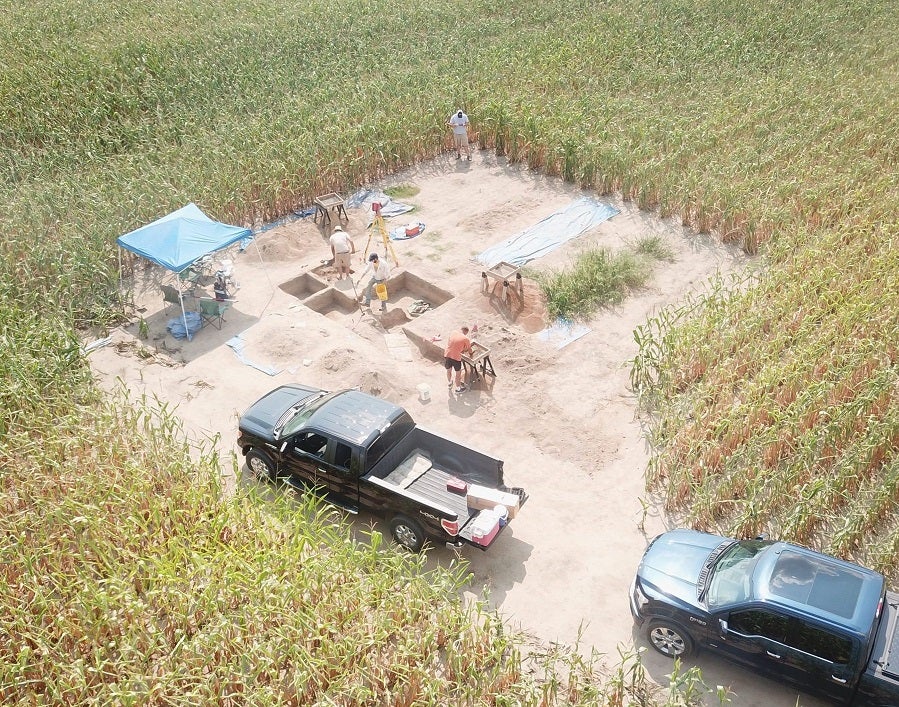
The Belson site in Southwestern MI represents a rare opportunity to study a largely unmixed Clovis assemblage in an area where proper Clovis technology had been previously un-reported.
The traditional theory for the initial peopling of the Americas centers around the emergence of an archaeological culture known as the Clovis culture that existed around 13,000 years ago. As the earliest well-established archaeological culture in North America, their way of life and traditions would evolve into multitude of cultural forms that have existed on the continent before European contact.
The Clovis culture is named after their distinctive stone tool technology, in particular the Clovis projectile point. This unique stone spear point was part of one of the most effective hunting technologies in the ancient world. Their technology allowed them to hunt the largest game and secure their spot as North Americas Late Pleistocene apex predator. As the climate changed and the population of the Americas increased, people became less mobile, and stone tool technology began to take on regional characteristic, each unique expressions of the original Clovis culture. Today, DNA evidence indicates that the majority of modern native North Americans can trace their ancestry to the Clovis people.

There have been very few Clovis points recovered north of Ohio and Indiana in the Midwest, the Belson site in southwestern Michigan is a notable exception. To date there have been five Clovis specimens recorded from the site making it an important, and one of the oldest archaeological sites in Michigan. In 2008 a friend of the landowner Tom Talbot found a concentration of Clovis points and point fragments all made on a similar fine banded gray, tan, and green Attica chert. The sources of this chert are in west–central Indiana, 240 km southwest of Belson. A few other tools, all on the same variant of the raw material, were also recovered within the area of the Clovis points and are thought to be associated. This concentration may represent be the plowed-out remains of a forgotten cache or lost tool kit, however the tools are scattered, and there are small retouch flakes of Attica chert as well, indicating that tool refurbishment is being performed at the site, thus it is being consider an occupational site pending further research.
Data collected from this site can greatly inform us about several broad aspects of Michigan’s earliest culture: how did they get here; where did they come from; how were they subsisting; and how they relate to other early Americans. Additionally, the nature of the data at sites of this age in North America, including the Belson site, largely comes in the form of the provenience, morphology, and technological pattern of stone tool assemblages. Recently, this type of data has been analyzed under an emerging geometric morphometric framework, where computer assisted analysis of photographs and three-dimensional scans of stone tools facilitate a precise analysis of shape. Geometric patterns quantified with this technology are analyzed with social learning models to inform us about potential relationships with the creators of other geometric patterns identified from different assemblages. Using this technique, the morphological and technological stone tool data produced from the Belson site will provide essential evidence to address the broad scoped research questions described above.
Watch the most recent video of the Belson site here.
Chek out also this awesome UM news story and video on the site!
Check out the 2021 publication about the initial finds at the Belson site!


